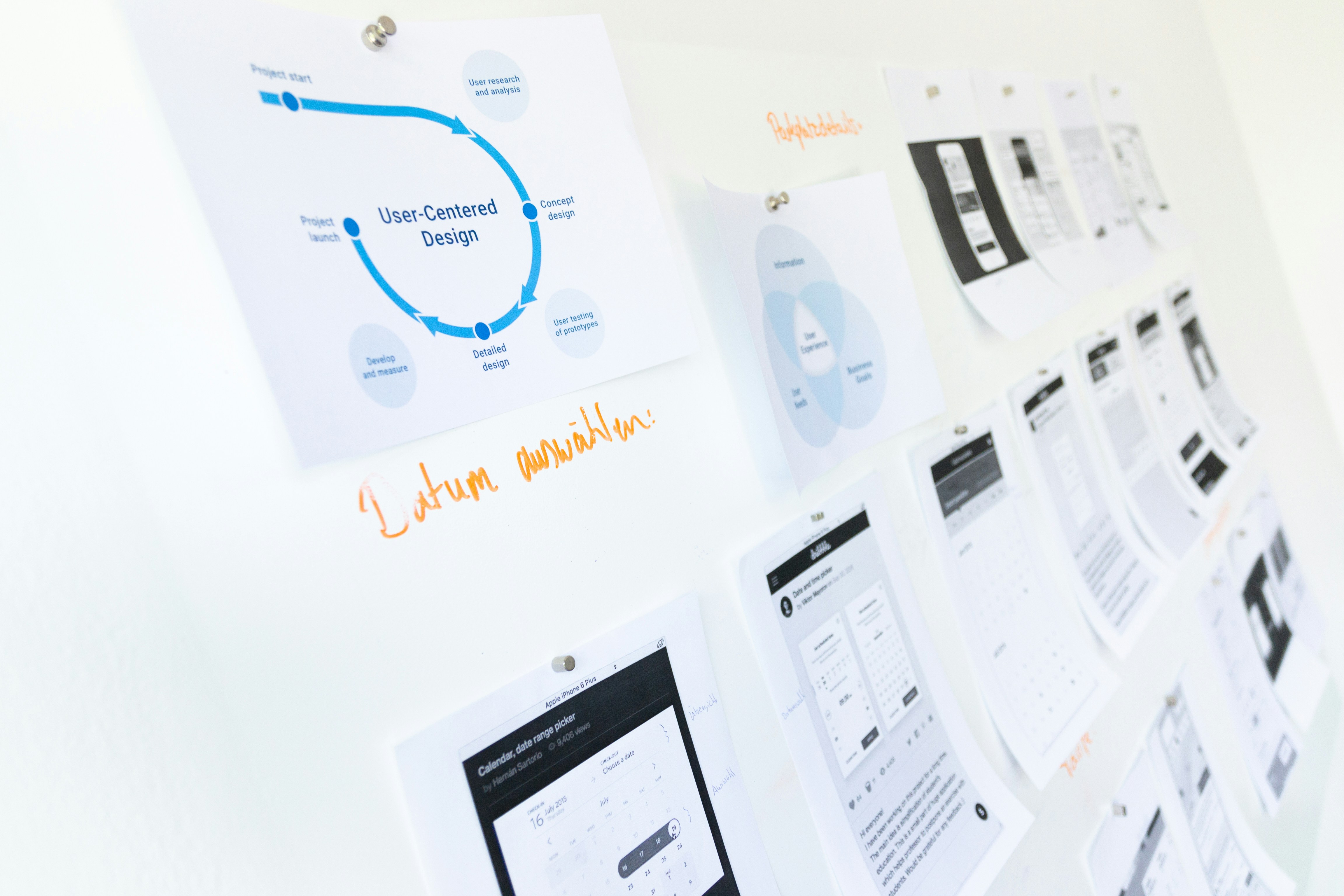
Back to Insights
Interactive Design Trends: Engaging Users in a Digital Age
Mar 15, 2022
UI/UX
In the ever-evolving landscape of digital design, the concept of interaction has become paramount. As users increasingly demand immersive and engaging experiences, interactive design has emerged as a powerful tool for capturing attention, enhancing usability, and fostering deeper connections with audiences. Let’s explore some of the key trends shaping interactive design today and how they are redefining user engagement in the digital age.
Landing pages vs. front pages
Microinteractions are subtle animations or responses to user actions that provide feedback and enhance usability. They can range from a simple button animation to a notification alert. By adding these small but meaningful touches, designers can create a more intuitive and delightful user experience. Examples include Facebook's like button animation or Gmail's hover effects on emails.
Best practices for creating a landing page
Scroll-triggered animations are designed to engage users as they navigate through a webpage. These animations are activated as the user scrolls, creating a dynamic and interactive experience. They can be used to reveal content, illustrate concepts, or simply add visual interest. Websites like Apple's product pages often use this technique to showcase product features and specifications.

Responsive and Adaptive Design
With the proliferation of devices and screen sizes, responsive and adaptive design has become essential for ensuring a seamless user experience across different platforms. These design approaches dynamically adjust content and layout based on the user's device, enabling consistent interaction and usability whether on a desktop, tablet, or smartphone.
Interactive design trends are continuously evolving to meet the growing expectations of digital consumers. By embracing these trends, designers can create more engaging, intuitive, and memorable experiences that resonate with users in today's digital age. Whether through microinteractions, immersive technologies like VR/AR, or personalized user experiences, the future of interactive design promises to redefine how we engage with digital content and each other online. As we move forward, staying attuned to these trends will be crucial for designers looking to create impactful and user-centric digital experiences.

